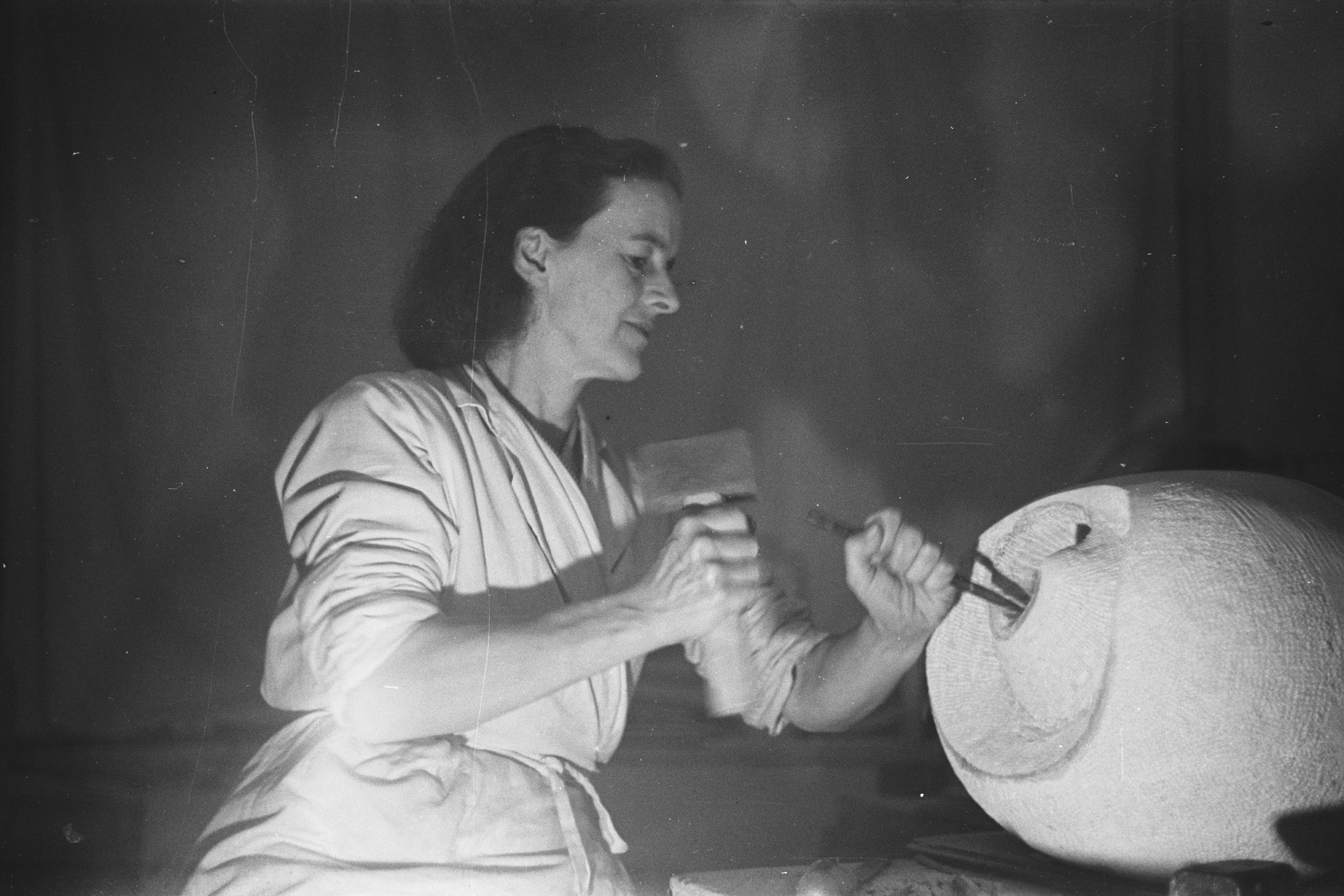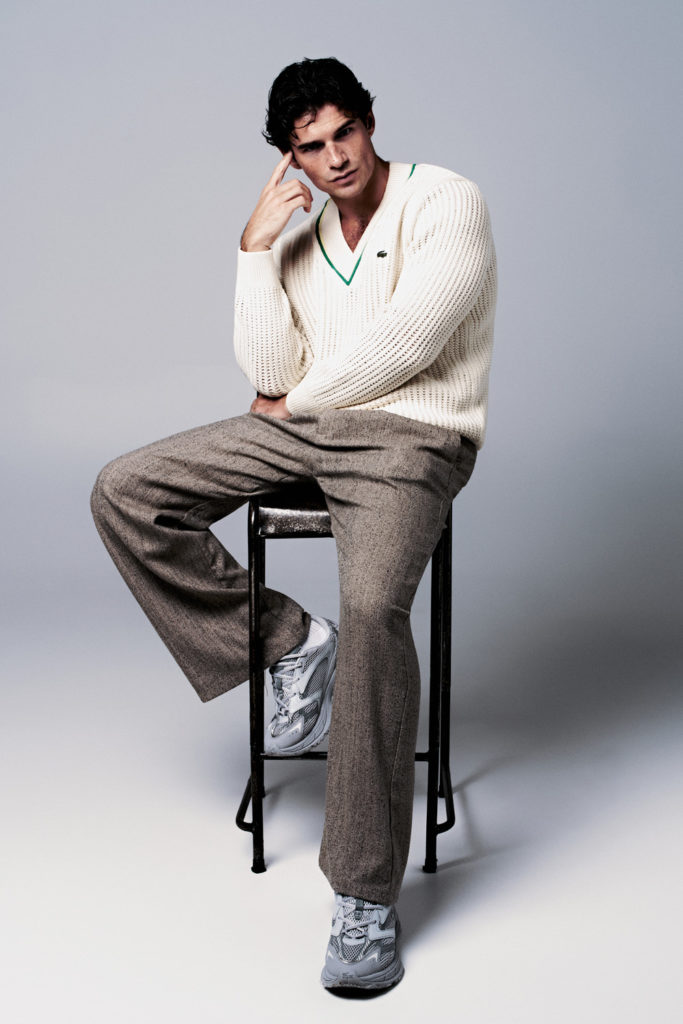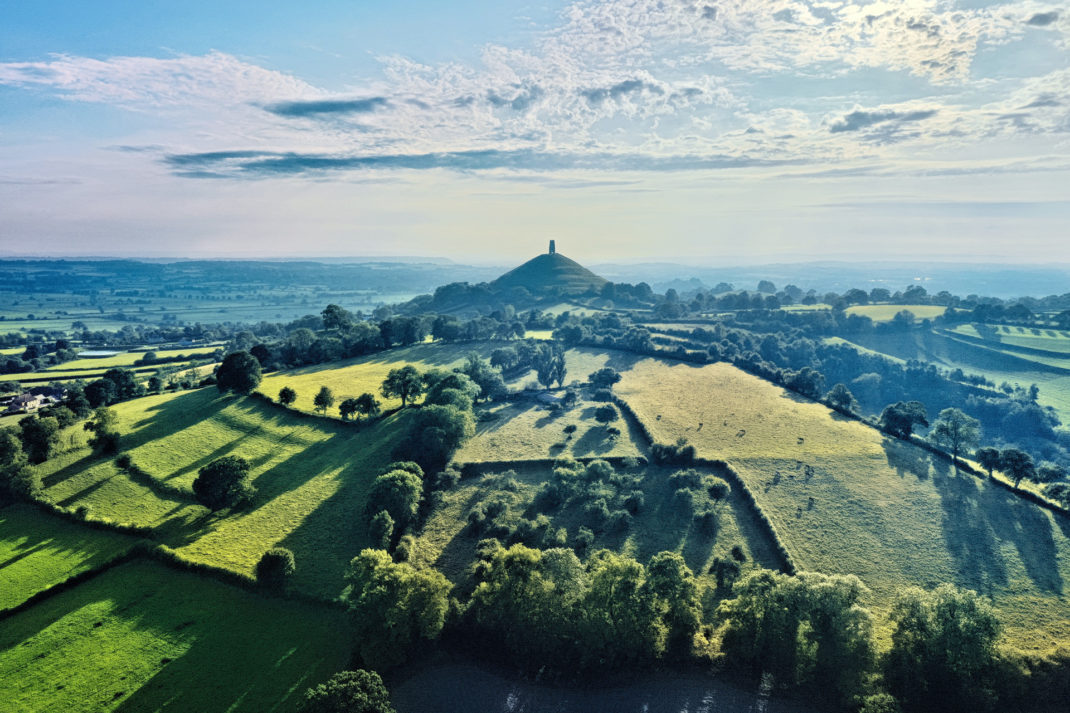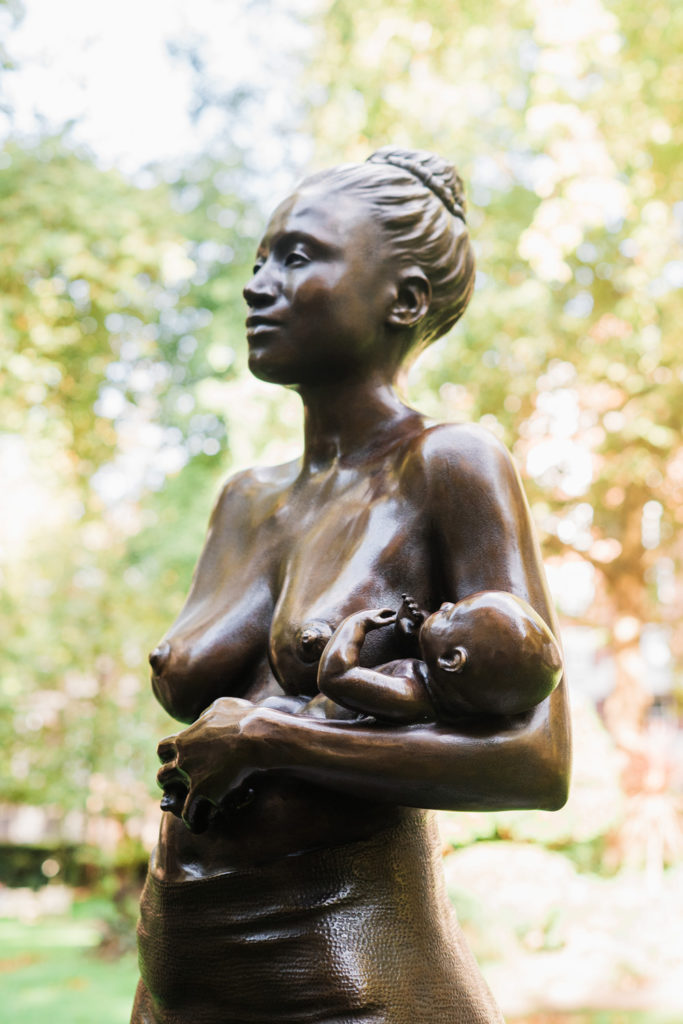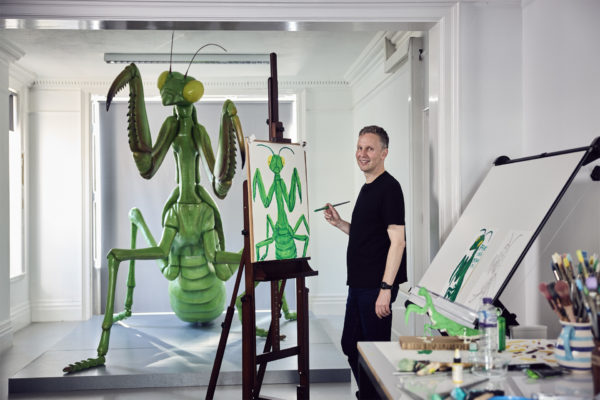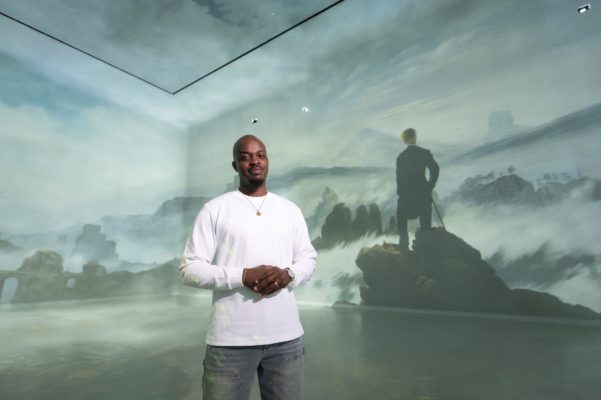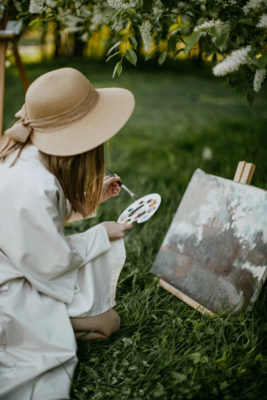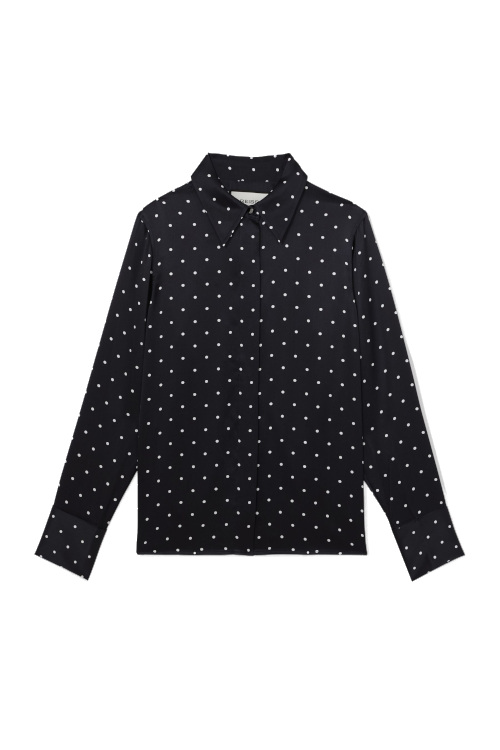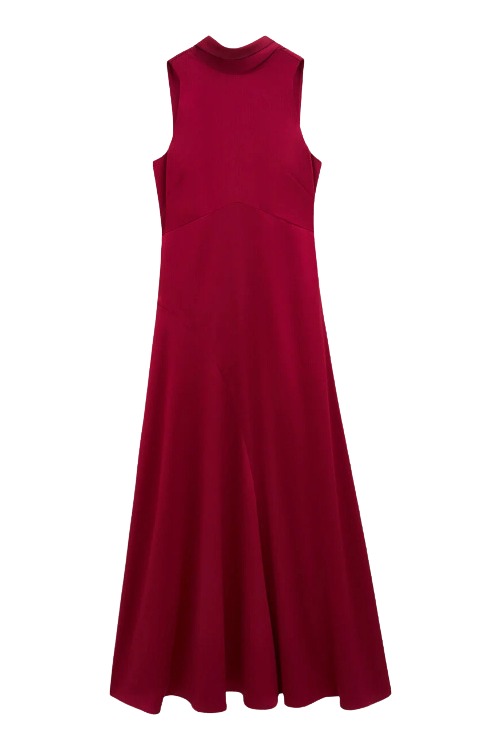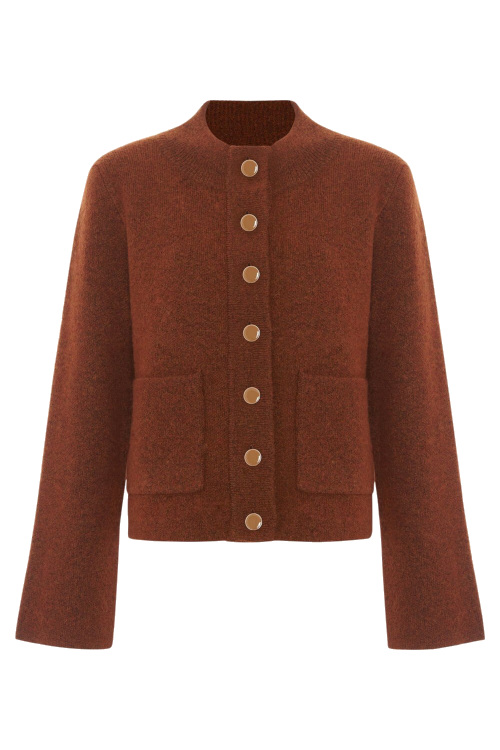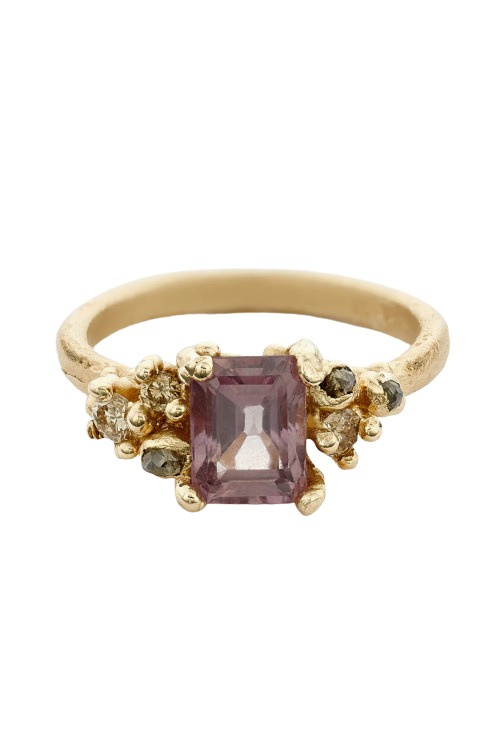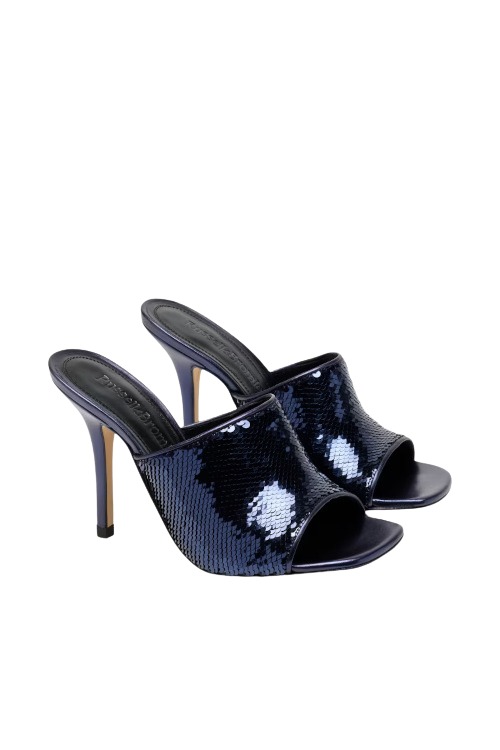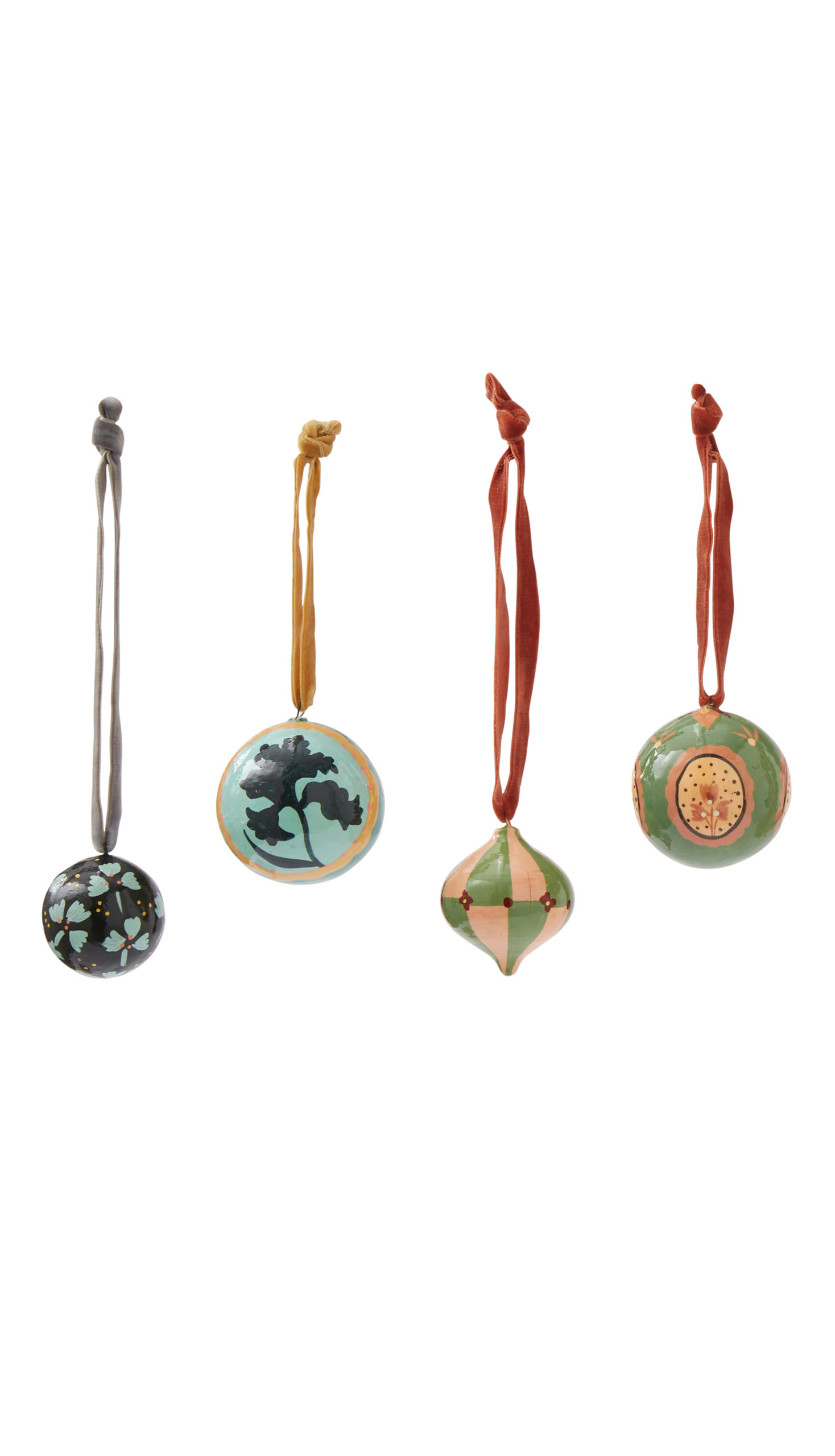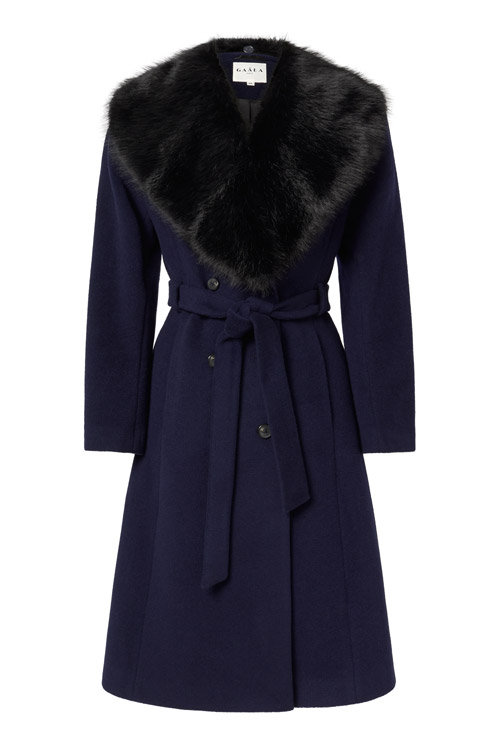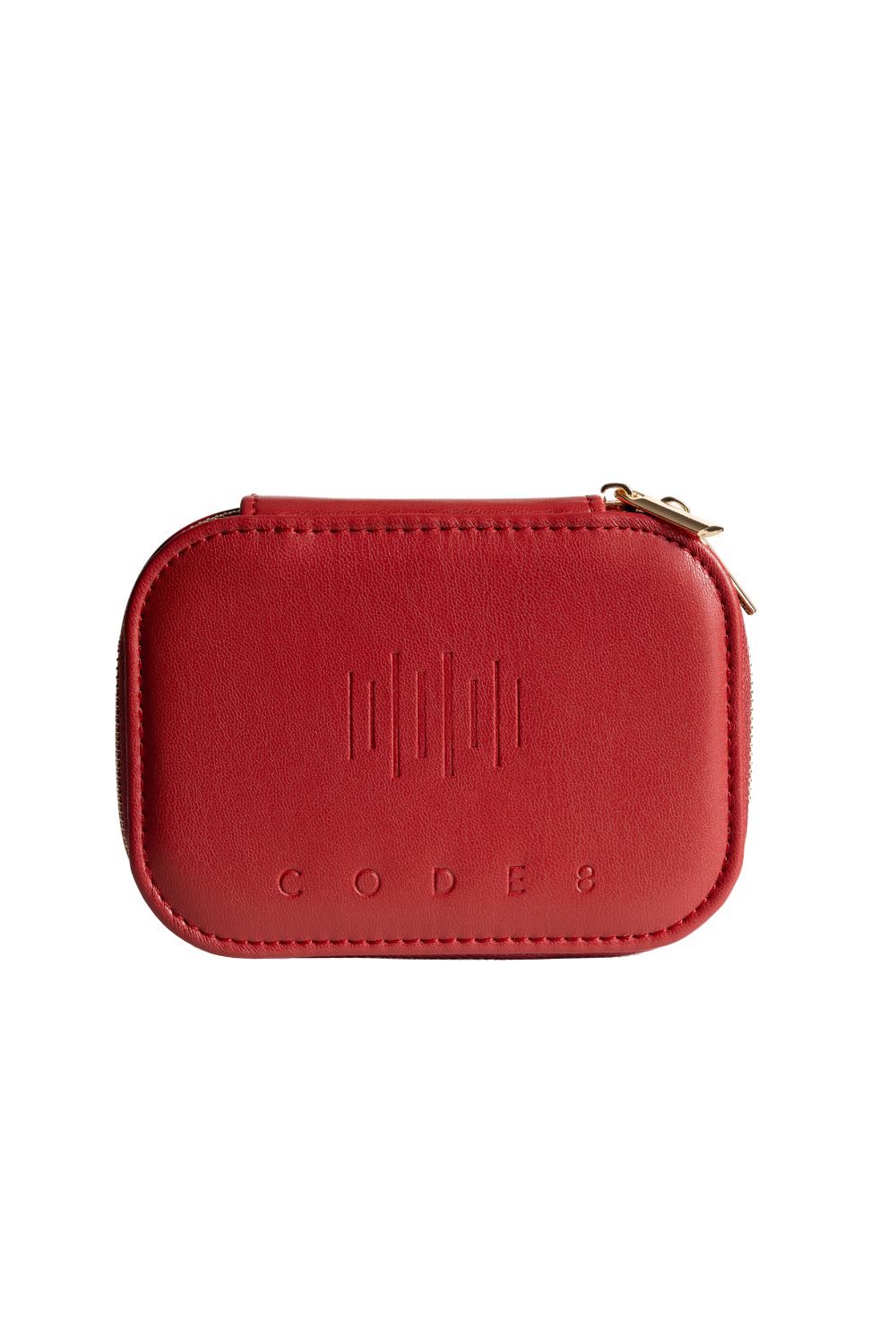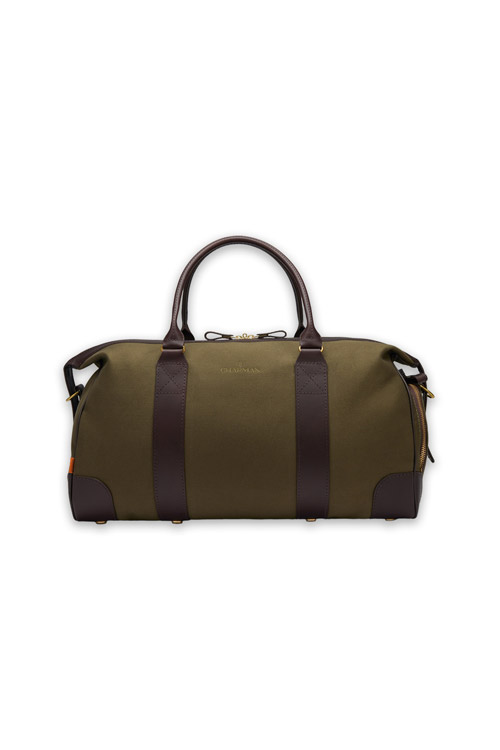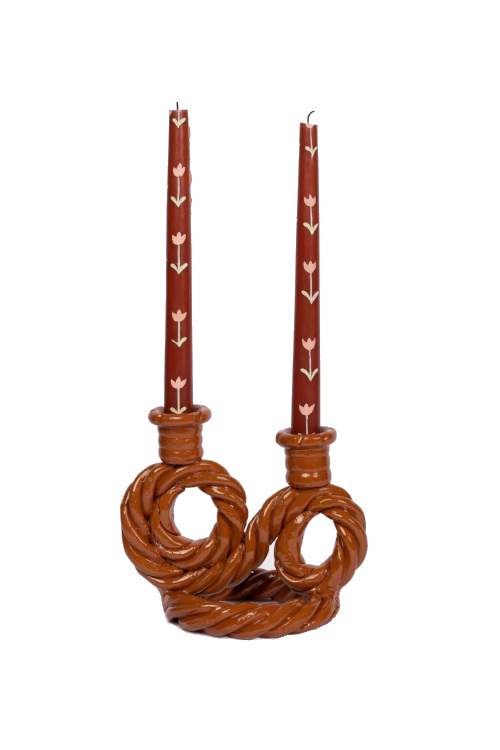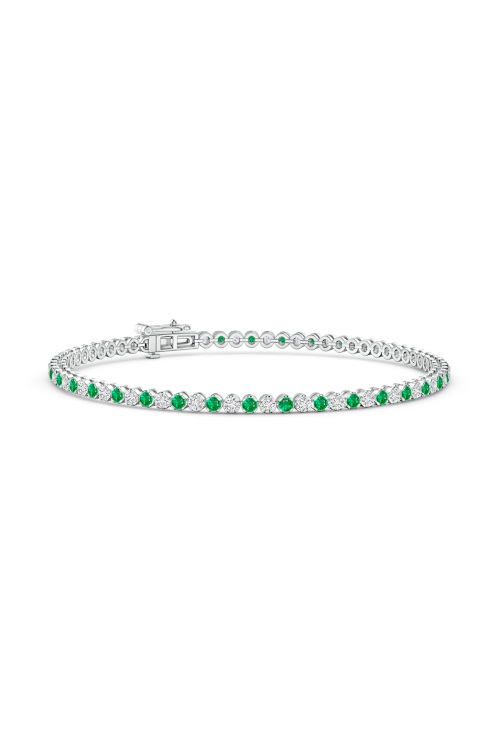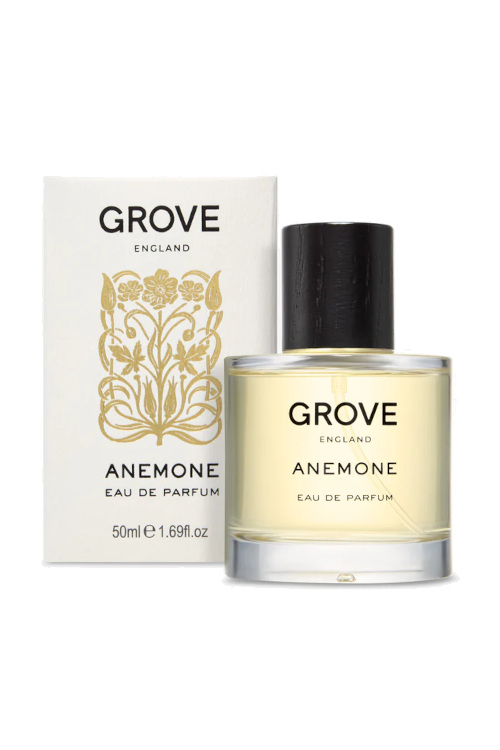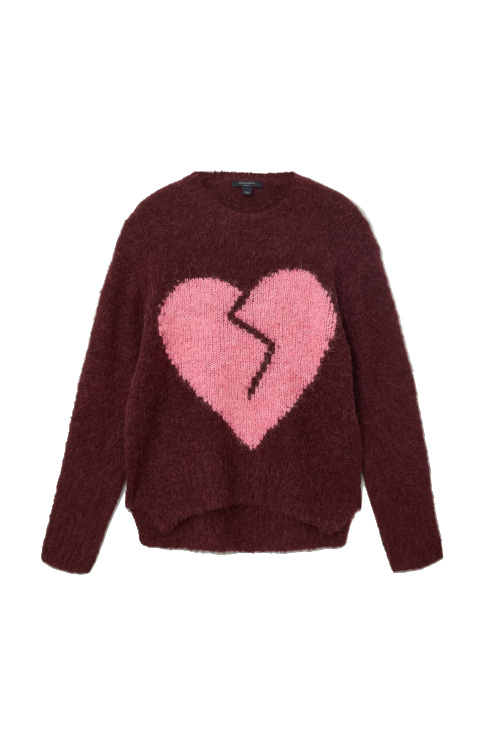‘Art History Is Made Through What Is Visible’: Inside The Fight To Save A Barbara Hepworth Sculpture
By
5 months ago
Art Fund and The Hepworth Wakefield have just one more month to save a nationally significant sculpture
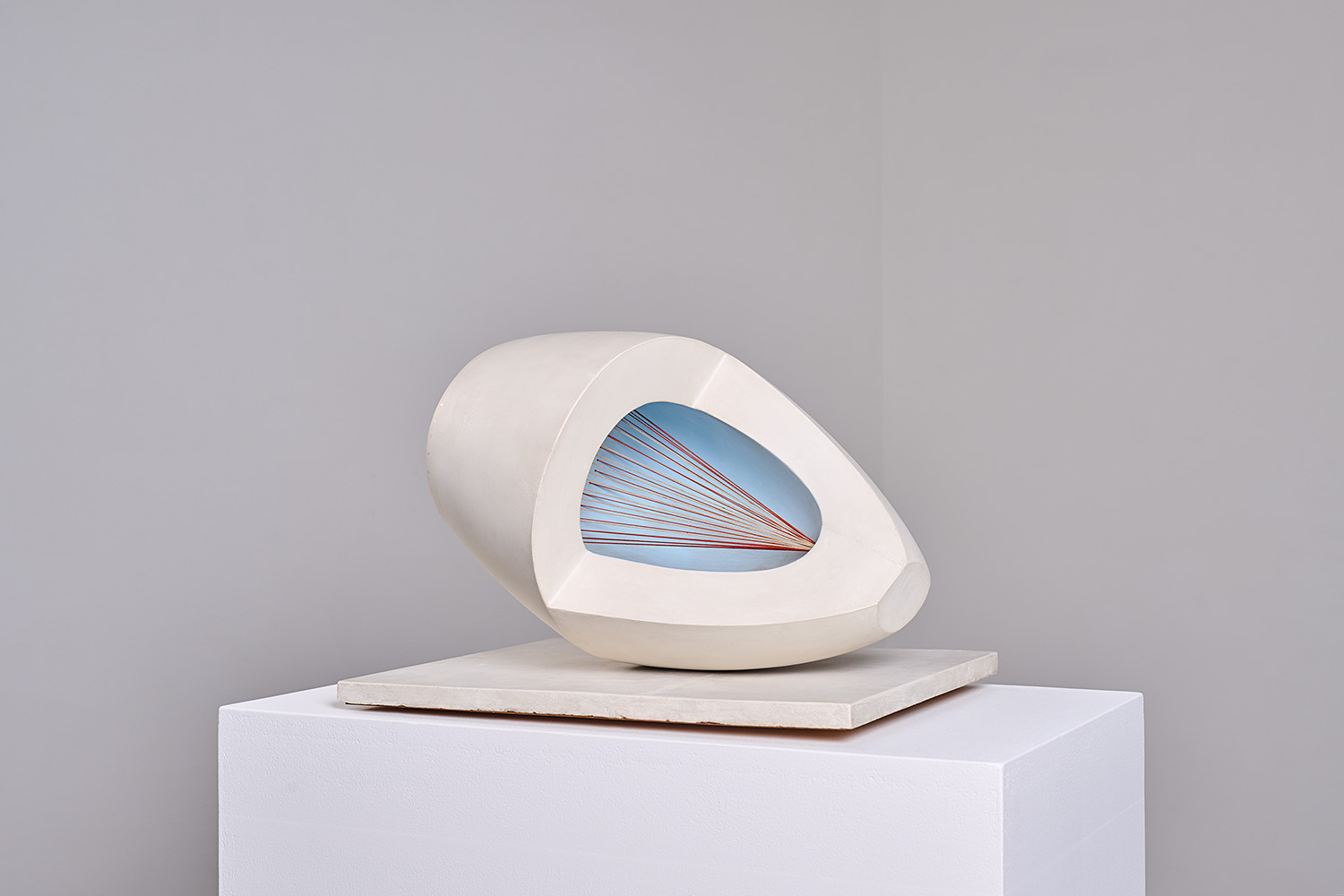
In November 2024, the British government placed an export bar on a sculpture crafted by the late Dame Barbara Hepworth in St Ives during the 1940s. Titled Sculpture with Colour (Oval Form) Pale Blue and Red, the oval sculpture is around 50cm long, and was made with wood, paint and string in 1943.
‘It has been in private hands since it was made by Hepworth, but it was sold at a Christie’s auction in March 2024,’ says Eleanor Clayton, curator at The Hepworth Wakefield. ‘The new owner applied for an export license, which triggers a mechanism for works older than a certain amount of years and over a certain value: you have to have the approval of the country.
‘Because of how special the work is, this is a national treasure,’ Eleanor continues. ‘There should be an opportunity for a public institution to try and raise the funds to save it for the nation.’ Thus began The Hepworth Wakefield’s fight to save Sculpture with Colour (Oval Form) Pale Blue and Red. With one month to go to hit their target, we sat down with Eleanor to hear all about it.
Inside The Fight To Save Barbara Hepworth’s 1943 Sculpture
When the export bar was revealed in November, the Hepworth Wakefield was approached by one of Barbara Hepworth’s granddaughters, who wrote to the gallery to ask if they might try to raise the funds to purchase the sculpture. ‘We are funded by the Arts Council and Wakefield Council,’ Eleanor says. ‘We don’t have any acquisition budget. Our collection has grown entirely through philanthropy: through gifts and donations, through the acceptance in lieu scheme, or through fundraising.
‘So obviously it was a tall order to raise £3.8 million,’ Eleanor continues. ‘But we were convinced that this is something very special – something worth trying to fight for. We then had a series of really positive conversations with the National Heritage Lottery Fund and Art Fund. They’ve been really great at saving other fantastic works for the nation, like Joshua Reynolds’ Portrait of Mai, for example. Through these conversations, we started to believe it might be possible, so we launched the public campaign with the help of Art Fund.’
View this post on Instagram
There was an immediate response from the public, with more than 2,000 donations spanning £3 to six figures. The National Lottery Heritage Fund chipped in with £1.89 million, with Art Fund adding £750,000 to the total. Artists and creatives including Jonathan Anderson, Richard Deacon, Jenny Éclair, Sir Antony Gormley, Katy Hessel, Sir Anish Kapoor, Veronica Ryan, Joanna Scanlan and Dame Rachel Whiteread have all supported the cause.
On 3 July, Art Fund revealed the campaign had totted up 80 percent of the funds needed. When we speak, ‘we have raised over £3 million,’ Eleanor says. ‘And we’ve got £440,000 to go.’ But we’re far from the end of the road. ‘We’re so close, but in many ways, this is the hardest part,’ Eleanor says. ‘We’ve had those really big chunks of money from the public, large firms, charities and things like that. Now we’ve got a steep mountain to climb, really, because £440,000 is still a lot of money.’
How Can We Help?
‘We have a month left to raise the final £440,000, and any donation helps us to get there,’ Eleanor says. ‘As my colleague Philippa says, we can’t do it without your help, but we can do it with your help. Any amount at all is helpful for us getting to this goal. Hopefully, if enough people can come out and help us, then we’ll be able to put it back in the public realm where it belongs.’
Why Is The Sculpture So Special?
£3.8 million and a huge campaign to save one small sculpture. Why?
Barbara Hepworth is one of the 20th century’s most important artists; her work defined what we think of as modern sculpture today. An abstract sculpture pioneer at the forefront of the direct carving movement, Sculpture with Colour (Oval Form) Pale Blue and Red (1943) is one of the earliest and best examples of Hepworth’s innovative stringed works, and the only one to use multi-coloured strings. ‘It’s my favourite Hepworth,’ Eleanor says. ‘I think it’s one of her most important works. The only reason it’s not more well known is because it’s been in private hands all of this time. It’s been so rarely seen in public. And art history is made through what is visible.’
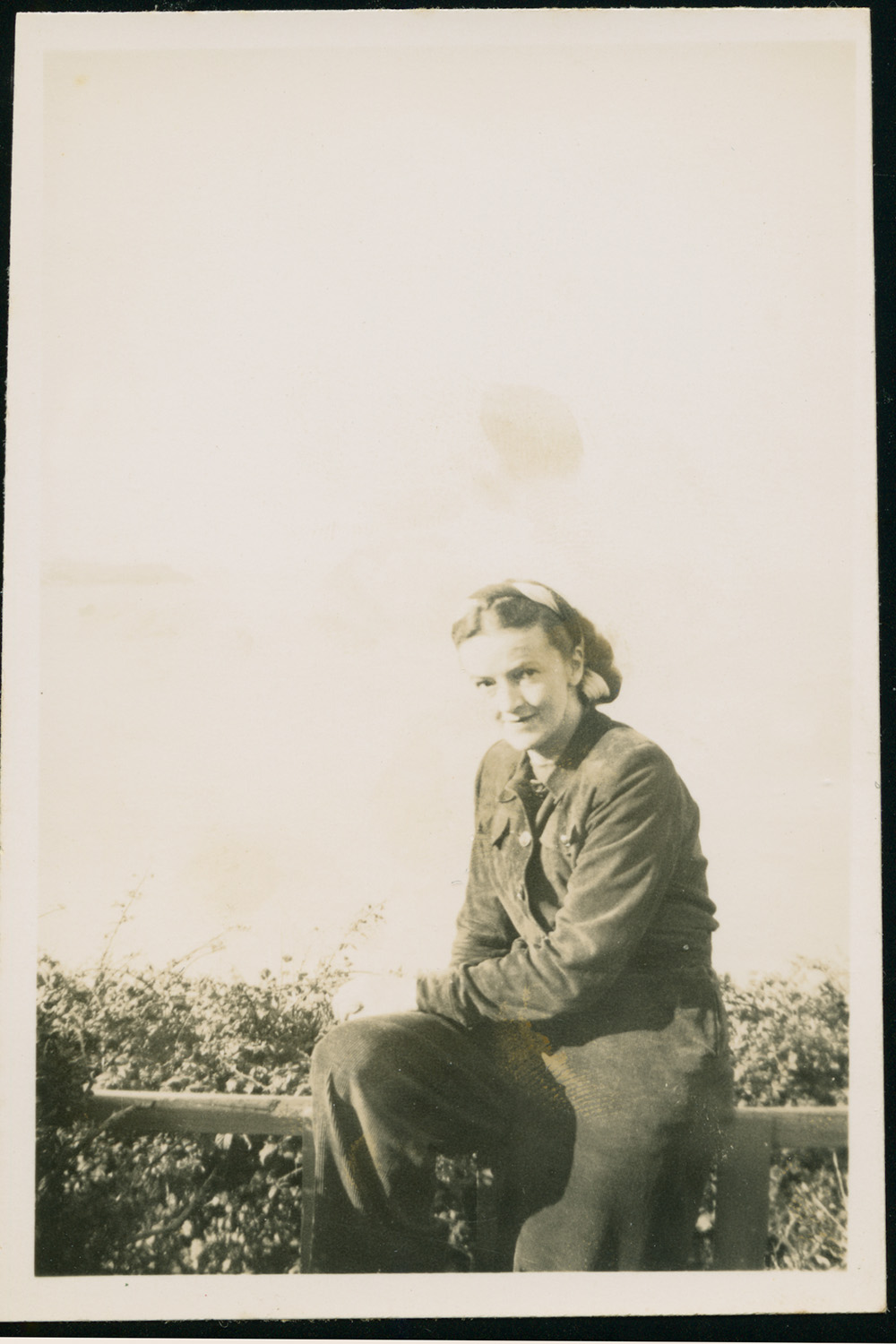
Barbara Hepworth in Carbis Bay, Cornwall
Before crafting Sculpture with Colour (Oval Form) Pale Blue and Red, Hepworth had established her place as part of an international avant garde network. ‘She was based in London, and was friends with Mondrian, Garbo, Alexander Calder, Miro, all of these big names,’ Eleanor explains. ‘She had been going across to Paris and exhibiting with international abstract organisations. She had her first solo show at a commercial gallery in 1937. So just as things were starting to go well for her, war started advancing.’
Five days before WWII was declared, Hepworth left London with her family for the Cornish countryside, staying with friends to escape the impending Blitz. ‘Everyone thought London would be bombed, and actually it was,’ Eleanor says. ‘Hepworth’s studio ended up being bombed, too, and a lot of her work was lost during the war.’
It was in Cornwall that Sculpture with Colour (Oval Form) Pale Blue and Red came to life – heralding a whole new era of Hepworth’s work. After a few years in Cornwall staying with friends, Hepworth was able to move into a larger home with space to carve. In the interim, ‘she made small works in plaster and lots and lots of drawings that she called her “sculptures born in two dimensions” – very complex, crystalline drawings,’ Eleanor says.
‘When she did start carving again, Hepworth’s work was more complex,’ Eleanor continues. ‘She incorporated strings, actual strings, into the work, which she would later become known for.’ Crafted in St Ives amid WWII while Hepworth was caring for four young children (including triplets), Sculpture with Colour (Oval Form) Pale Blue and Red marks ‘the first time in 1943 that Hepworth did so – or the first time she did it in wood,’ Eleanor says.
It marks a breakthrough in her career, despite being crafted under these extreme circumstances. The sculpture is ‘incredible in that it relates back to this period in the ‘30s, but also to her new life in Cornwall where she’s starting to be inspired by the landscape,’ Eleanor explains. ‘The inside of the sculpture is painted a pale blue, the outside is painted white, and the strings are white and red. It’s one of the only sculptures in this series that has different colored strings, and Hepworth said the color and the strings had come from her experience of the landscape – the Cornish landscape that she found herself in. She said it was the color of the caves and the concavities, and the string was the tension she felt between herself, the hills and the wind. It’s really fascinating: it both reflects the important period of pioneering abstraction in the 30s, but also looks forward to the lyrical evocation of landscape that she would go on to become known for in the 40s and beyond.
‘This is such an important piece because of when it was made, the particular place and the particular time in Hepworth’s career,’ Eleanor adds. ‘It’s also a really interesting piece in terms of what it tells us about British social history, being made during the war. Hepworth wrote in 1943 about how she struggled to find time to work as a mother. She wrote to a friend of hers that she had to work for 30 minutes, then cook for 50 minutes, then do another 30 minutes of work, then play with the children. This is an object that allows us to think about what life was like during the war, what life was like for women artists in the ‘40s, and also tells this incredible inspirational story of someone being able to keep creating through a great time of adversity. Hepworth had to leave her home because of war – a world war that was a great threat, with rationing, and a lot of anxiety – but she kept connecting to the landscape. To keep being inspired by one’s surroundings, I think, is very heartening in difficult times.’
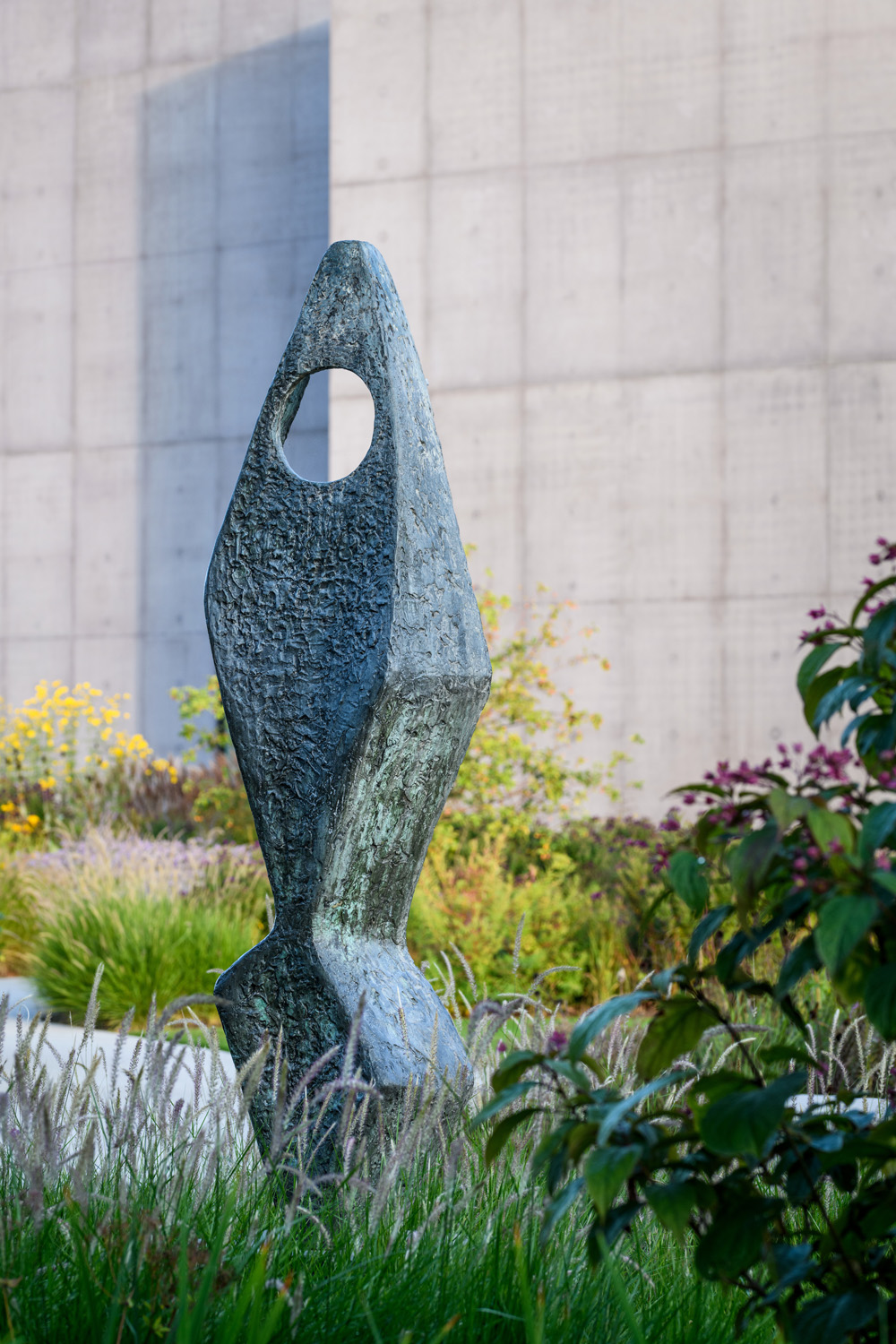
The Hepworth Wakefield Garden
Why The Hepworth Wakefield?
A riverside West Yorkshire art museum, The Hepworth Wakefield takes its name from Barbara Hepworth, who was born and educated in the city. Opening in 2011 in a building designed by David Chipperfield, it’s home to Wakefield’s art collection, which spans the Old Masters to the 20th century, including work by Henry Moore, David Hockney, Anthony Caro, Bridget Riley and, of course, Barbara Hepworth.
‘We have a great collection of Hepworth here,’ Eleanor says, ‘but we don’t have any sculptures from the 1940s. We’re a centre for celebrating Hepworth’s work. So for us, purchasing Sculpture with Colour (Oval Form) Pale Blue and Red would allow us to tell the full story of Hepworth’s life and art more completely, which would be a pleasure.’
The Hepworth Wakefield is home to one of the UK’s largest collections of Barbara Hepworth’s work – on display all the time. This includes Mother and Child (1934), Pierced Hemisphere (1937), Ascending Form (Gloria) (1958), Winged Figure (1961–62) and so much more, including the Hepworth Family Gift, a major group of prototypes, drawings, lithographs and more bequeathed to Wakefield by Hepworth’s family. ‘And if it’s not on display with us, it’s because we’ve lent it to another museum where it’s on public display,’ Eleanor points out.
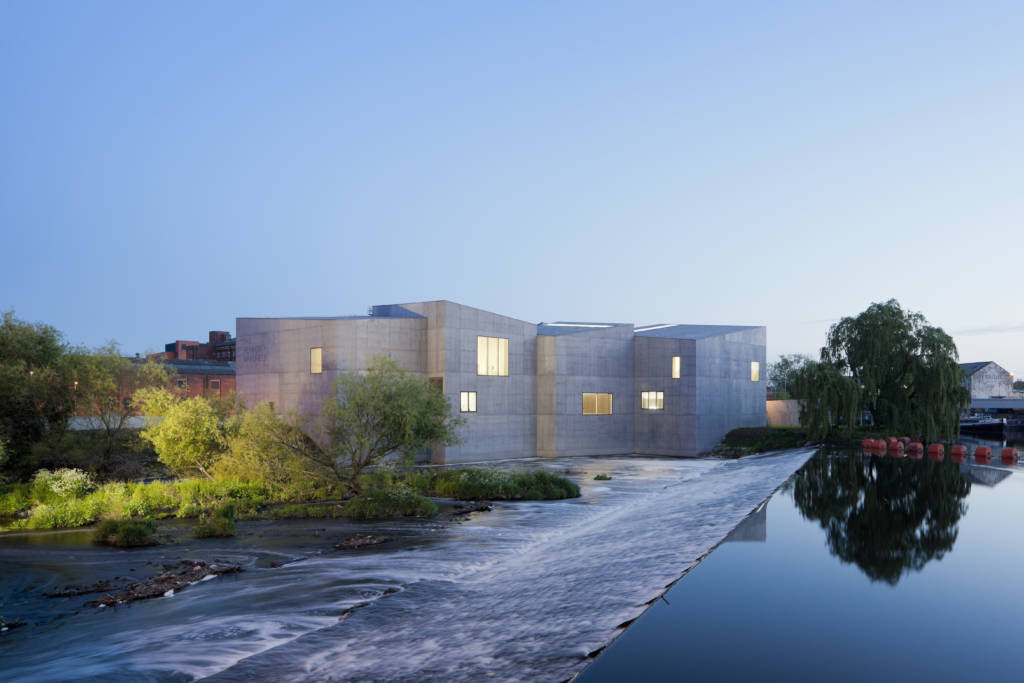
The Hepworth Wakefield
‘I don’t begrudge anyone from having their private collection,’ Eleanor says. ‘But the benefit of works being in public collections is that they can always be seen by the public. A lot of private owners lend their work, but our Hepworths are on display all the time. When works are in public collections, they are owned by everyone. Everyone can see them. Everyone can be inspired by them. And particularly with sculpture, you have to be able to see them physically. Hepworth said about sculptures, “it’s rhythm and dance and everything”. You are physically implicated in the sculpture. You have to move around it with your body. You have to see it and feel it. Allowing people to do that is really important.’
Find out more and donate at hepworthwakefield.org

